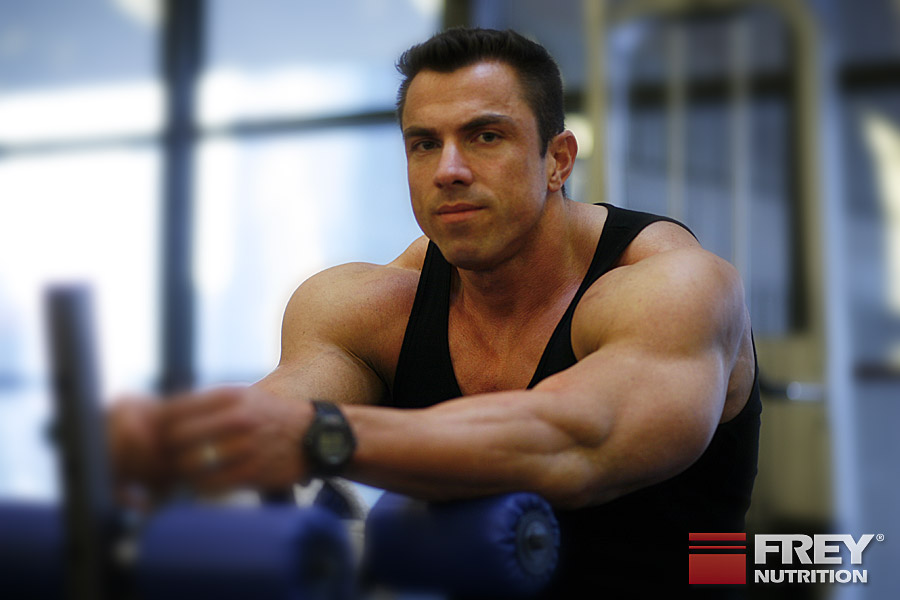OFTEN UNDERTAKEN, BUT RARELY SUCCESSFULLY CARRIED OUT: THE MASS PHASE.
ANSWER

There are two aspects you need to consider for a successful mass phase: nutrition and training, whereby in my opinion nutrition accounts for about 60 percent and training 40 percent - if you leave out all other components such as genetics, determination and so on.
FOOD
Given your body weight and training schedule, you should consume around 3,000 calories to avoid gaining or losing weight. Since your goal is to gain mass, you need to increase this by another 500 calories - this creates the basis for building muscle.On average, that's 3500 calories per day. If you don't see much weight gain after about two weeks, increase to 3800 to 4000 calories until you see an increase in body weight.
The daily calorie distribution of the nutrients needed for muscle building in the first eight weeks is as follows:
- 220g protein
- 500 g carbohydrates
- 70 g fat
Use supplements for post-workout nutrition because they provide the body with the nutrients it needs quickly and easily, and that's what it's all about after training.
Solid food, on the other hand, is not absorbed quickly enough. And the faster the appropriate nutrients are made available, the more effectively muscle building works, as the muscle cells can absorb the nutrients much better immediately after training than would be the case hours later.
I recommend the following shake based on your body weight:
- 80g MALTO 95
- 40g WHEY PROTEIN
- eight AMINO TABS
- possibly 5 g CREATINE MONOHYDRATE *
With these tips, you should be prepared to make the build-up phase a success in terms of nutrition. Now let's move on to the second important part: training.
THE WORKOUT
Always follow these basic rules when doing your workouts: Rule 1: max. ten sets for large muscle groups, max. six sets for small
Rule 2: high intensity - until muscle failure
Rule 3: eight to twelve repetitions per set
Rule 4: maximum 60 minutes training duration
Rule 5: slow eccentric movement of one repetition
Rule 6: clean execution without deception
Your idea of a 4-split is exactly right to get the most out of your body. To do this, I recommend the following division of muscle groups:
Monday: Breast
Tuesday: Legs, calves and stomach
Wednesday: Break
Thursday: Shoulders and triceps
Friday: Back and biceps
Saturday: Break
Sunday: Break
For further useful training basics and training information, I can also highly recommend the following article: THE TRAINING BASICS











